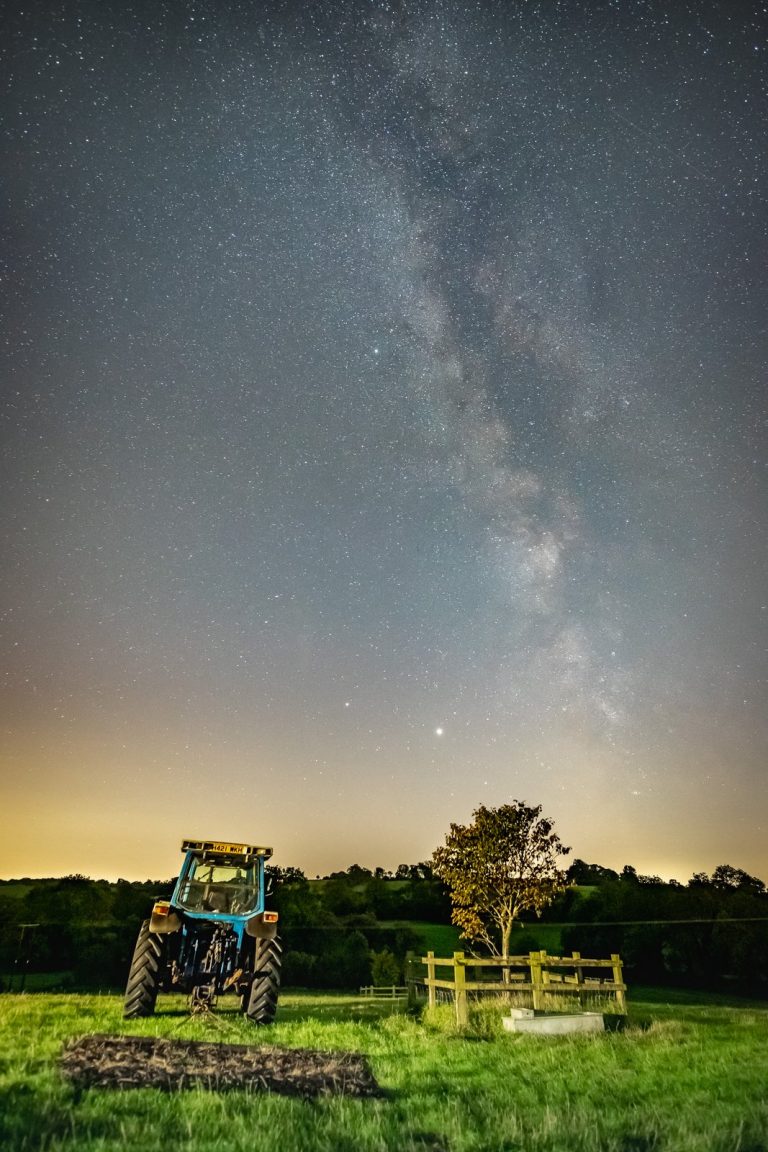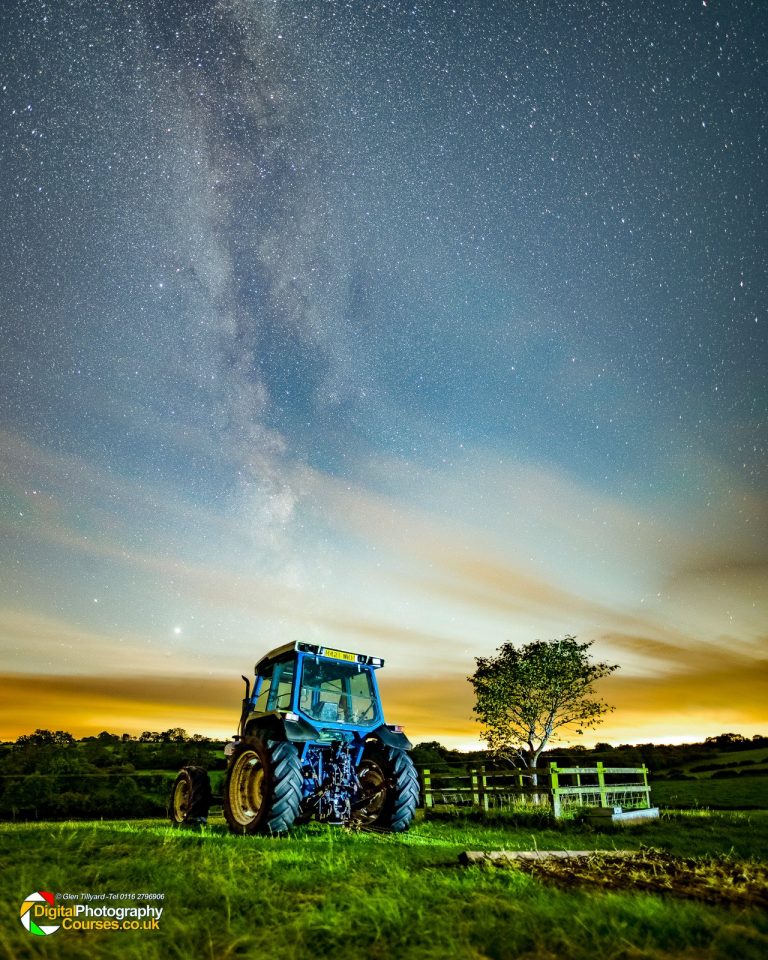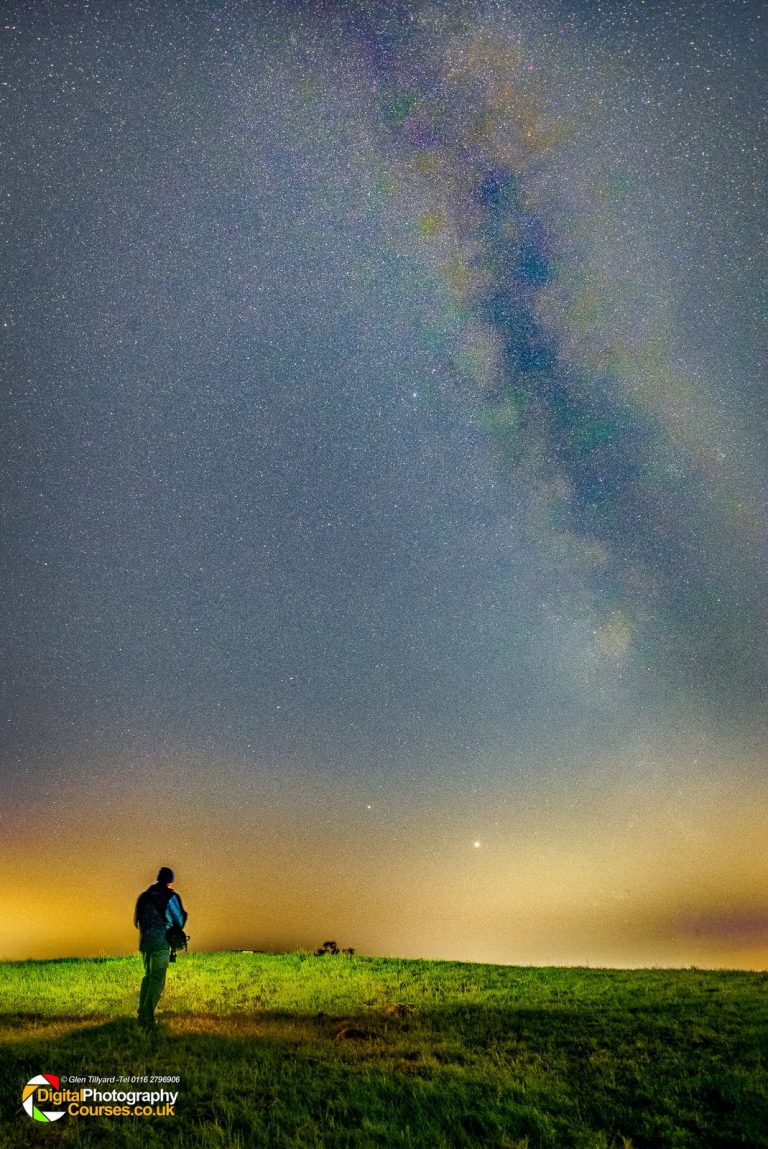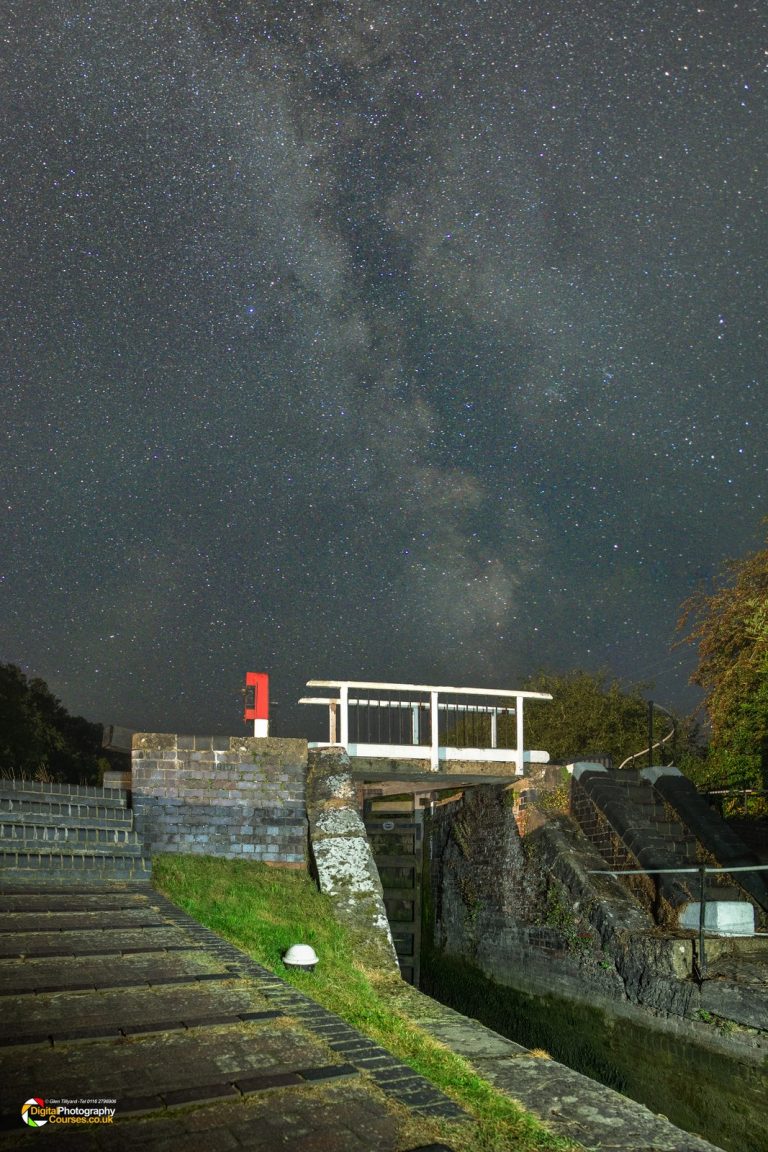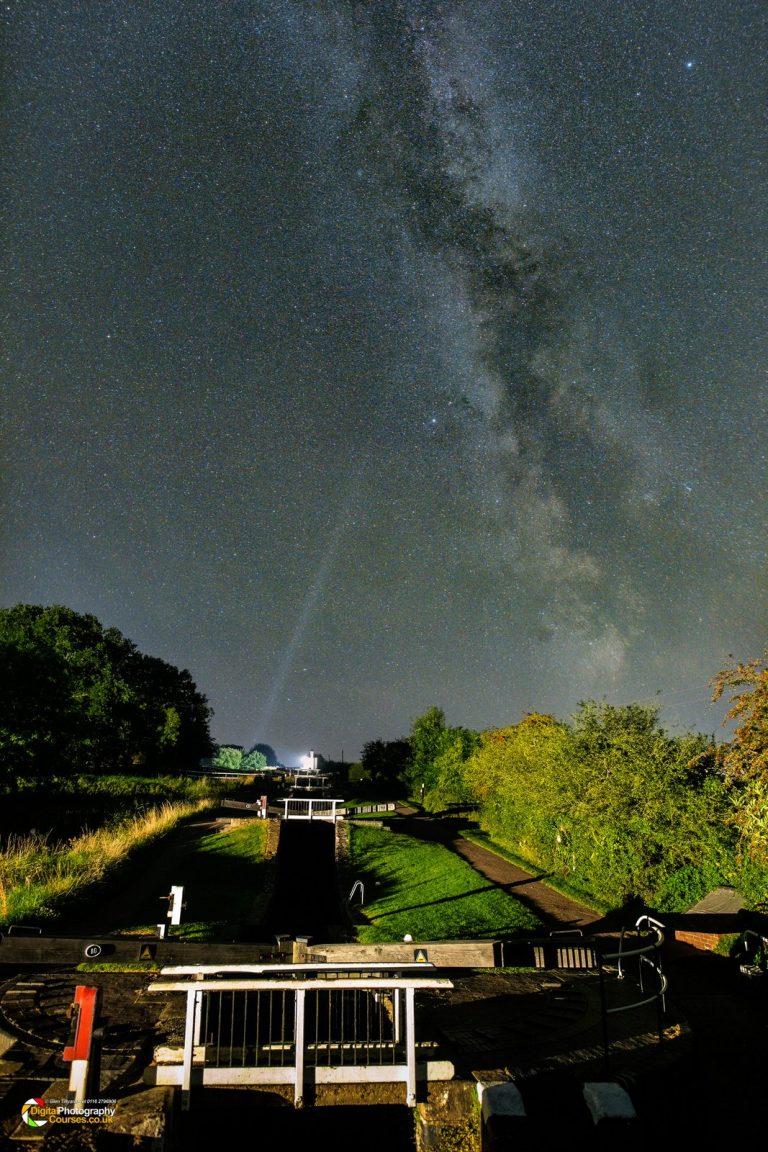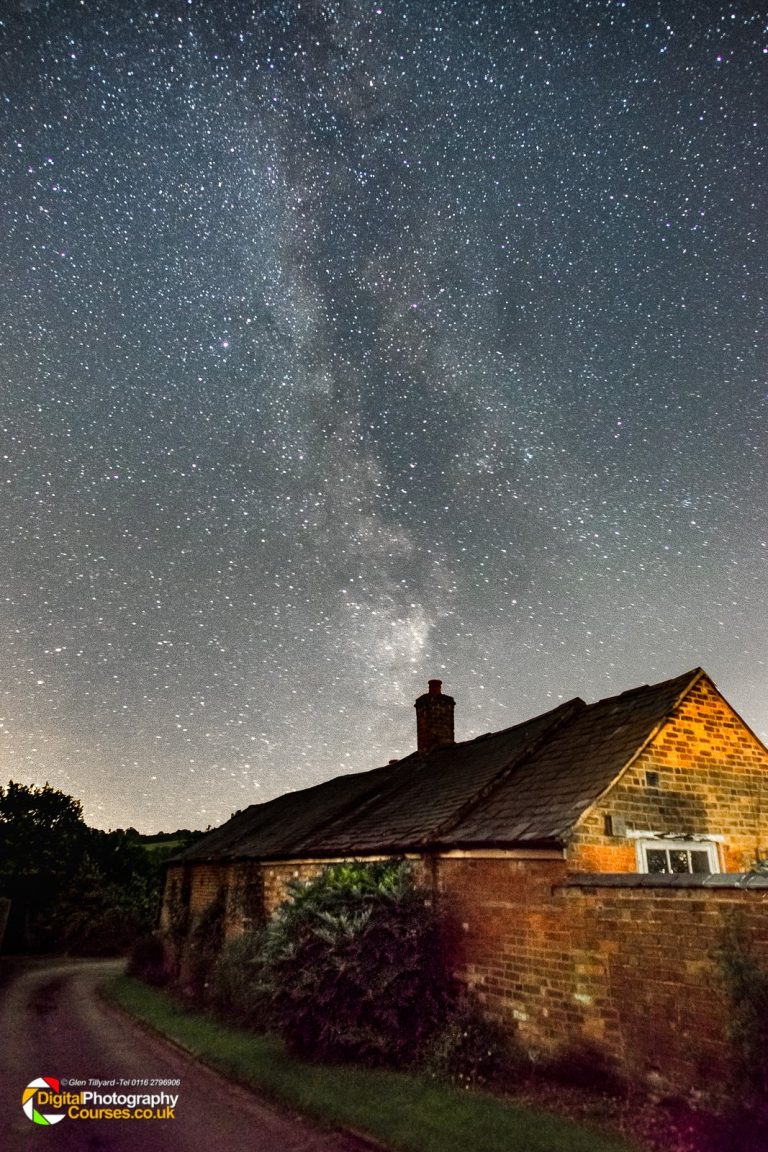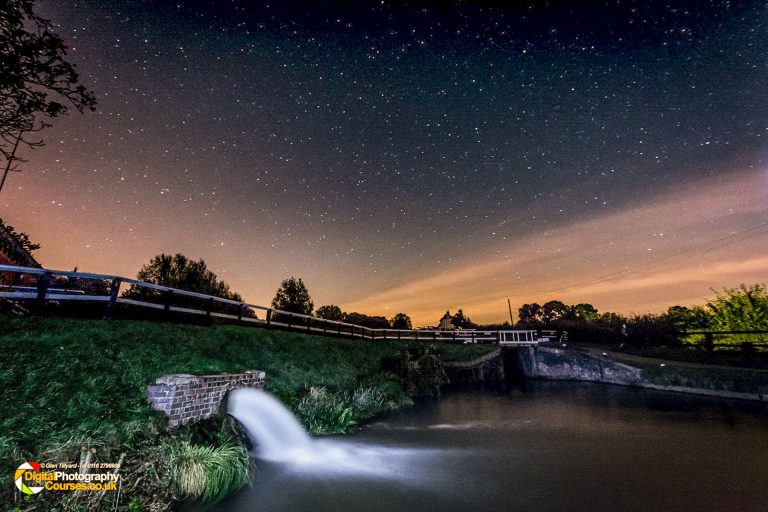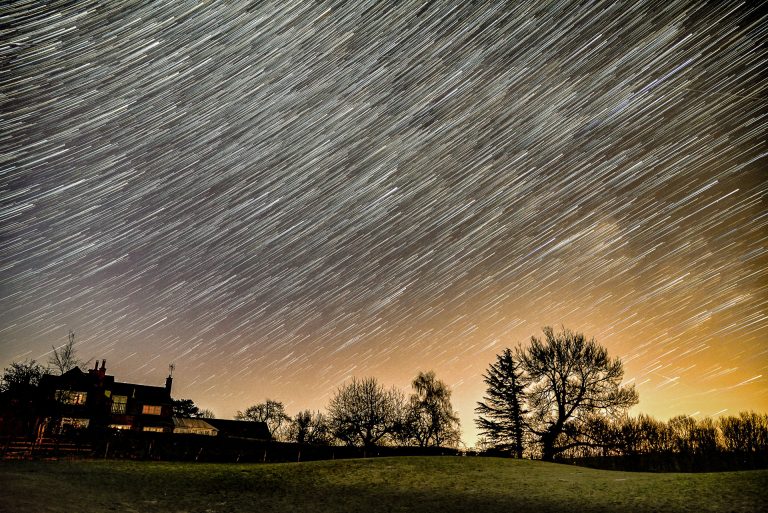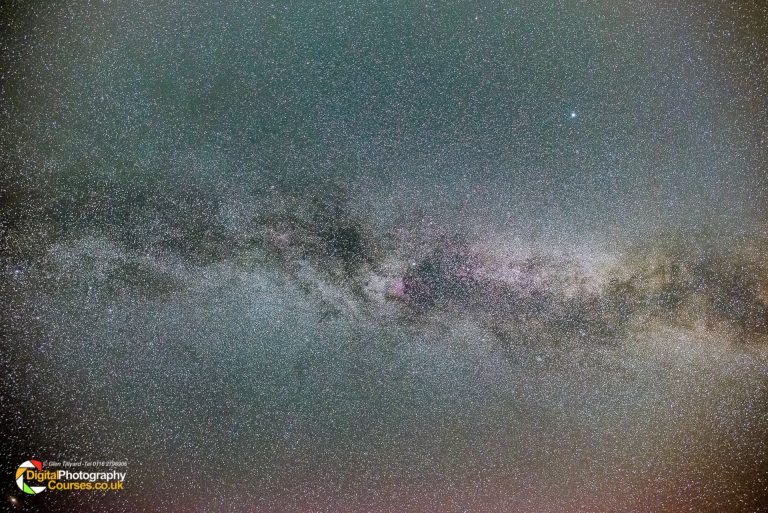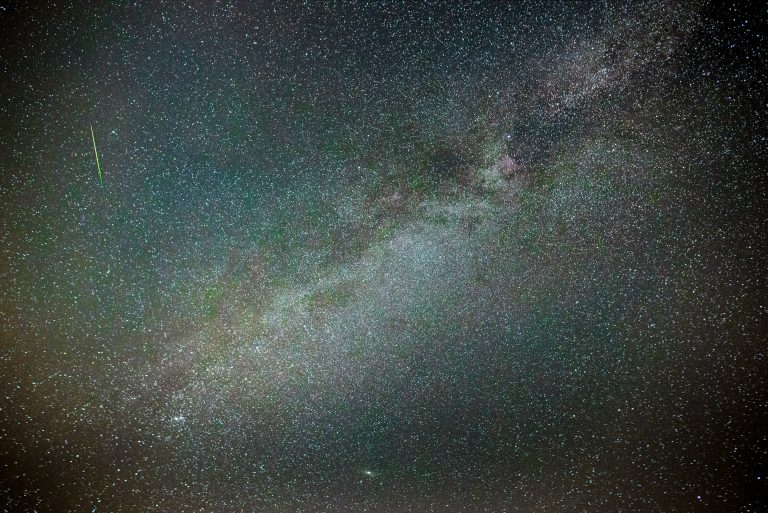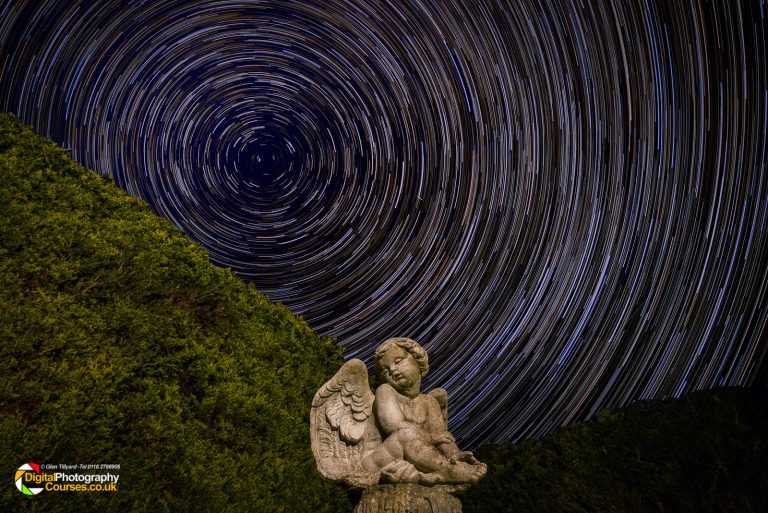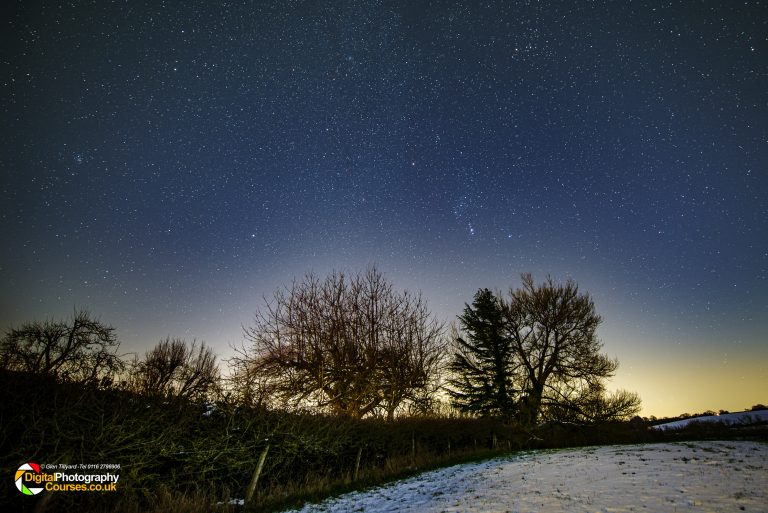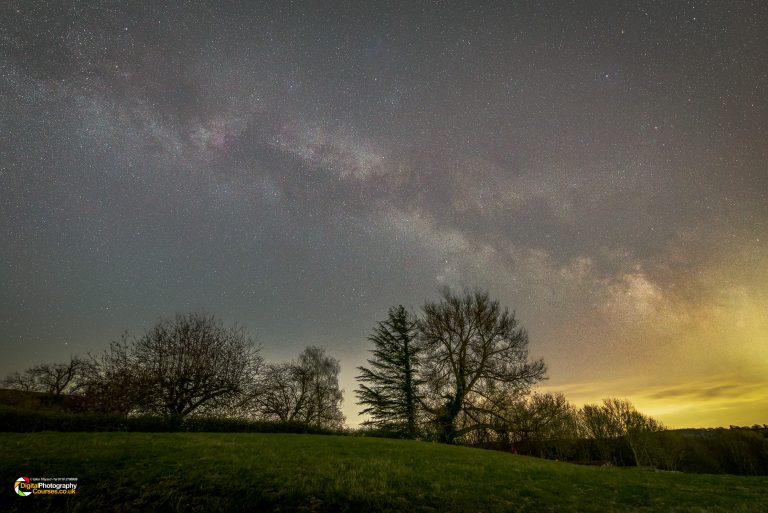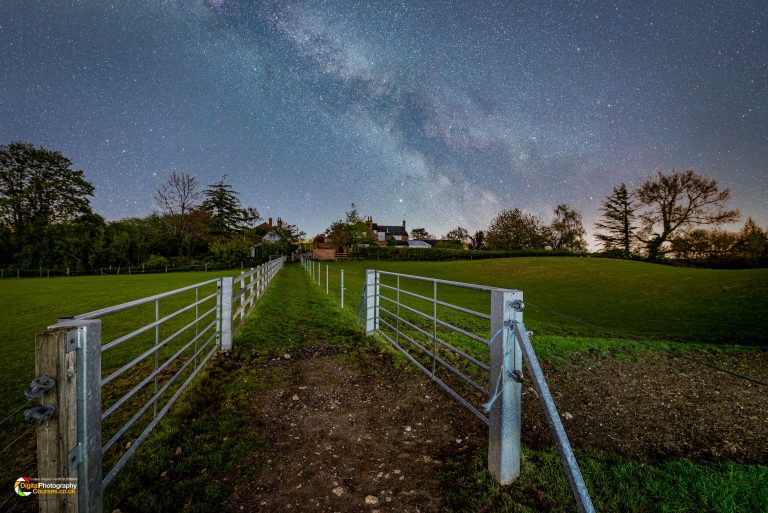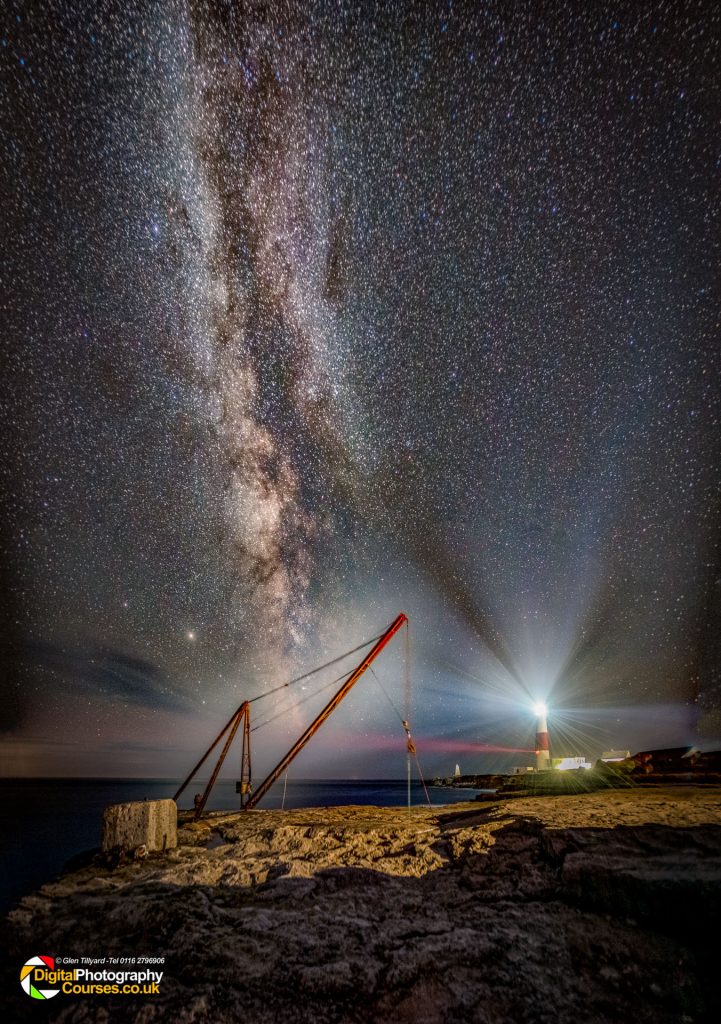Milky Way Astrophotography Course - Saturday 1st October 2022- 4pm -11pm
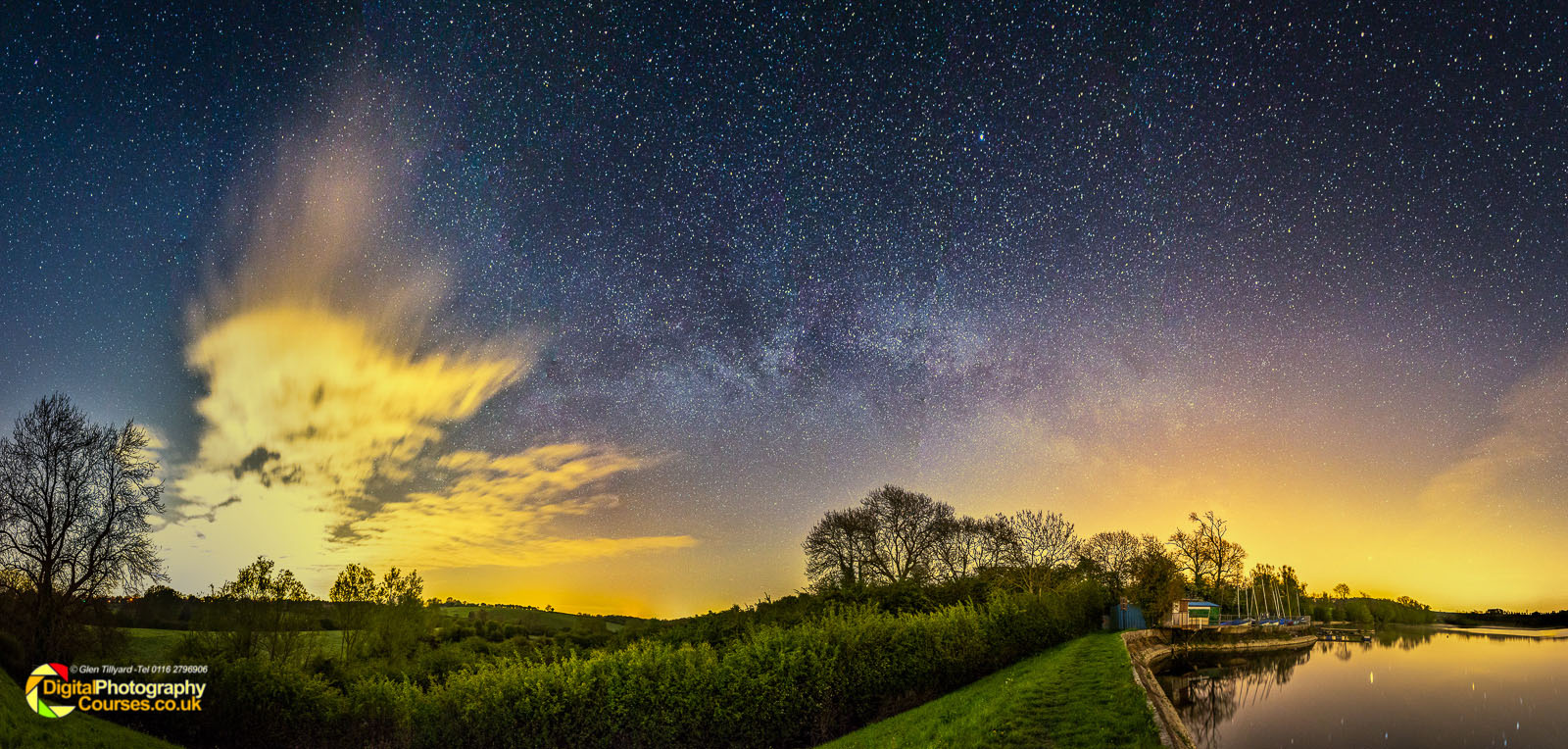
Milky Way Astrophotography Group Course
We’ve always run a Night Photography Course which includes low light photography and offers an introduction to photographing the stars.
This course is a follow on for people that have already attended the Night Photography Course where we concentrate on how to take photographs of the Milky Way and Star Trails.
The course starts at 4 pm and goes through until about 11 pm and hopefully we will have clear skies. The Milky Way is not always visible so I needed to choose a date when the Milky Way is visible at a sensible time. If you shoot the Milky Way in the winter you need to get go out in the middle of the night.
We’ll be outdoors from about 8pm until about 11pm so wrap up warm.
Obviously, I cannot guarantee clear skies but we will do a dry run outside, if dry, and in the conservatory if we really have to. I will also provide some test files for you to edit. If it is cloudy we’ll finish a bit earlier and each person will get a free Zoom session to review their images.
If you enjoy this course and would like to progress, then I will be running a more advanced course as a 121 or 221 Private Tuittion looking at photographing deep-sky objects like Orion and the Seven Sisters. For this, I recommend a star tracker but I’ll explain all this on the first course.
I do have spare laptops and tripods and I will include software links in the confirmation email.
Editing Session
Using my test files I will teach you how to edit your images during the daylight hours so that we can finish at a reasonable time after the shoot. You should be able to edit you own images with this knowlege.
If the weather is wet then we’ll still go through the set-up procedure indoors as a dry run exactly the same as we would outdoors. In this case, we may finish sooner and go to plan B below.
If we can not photograph the Milky Way, due to clouds or rain, then everyone also gets a free follow up Zoom session so that you can try the techniques on the next avaiable clear night at home and I can check your results and offer feedback.
This new course looks at more advanced techniques to reduce noise and enhance fainter details.
You can see some of my images here – https://www.flickr.com/photos/glentillyard/albums/72157713711287251
If you wish to progess further then I offer a more advanced private tuition session during a clear midweek night with a follow up session to edit your images.
I'm also be running an Advanced Astrophotography Course using the Move Shoot Move Star Tracker as Private Tuition over two evenings.
